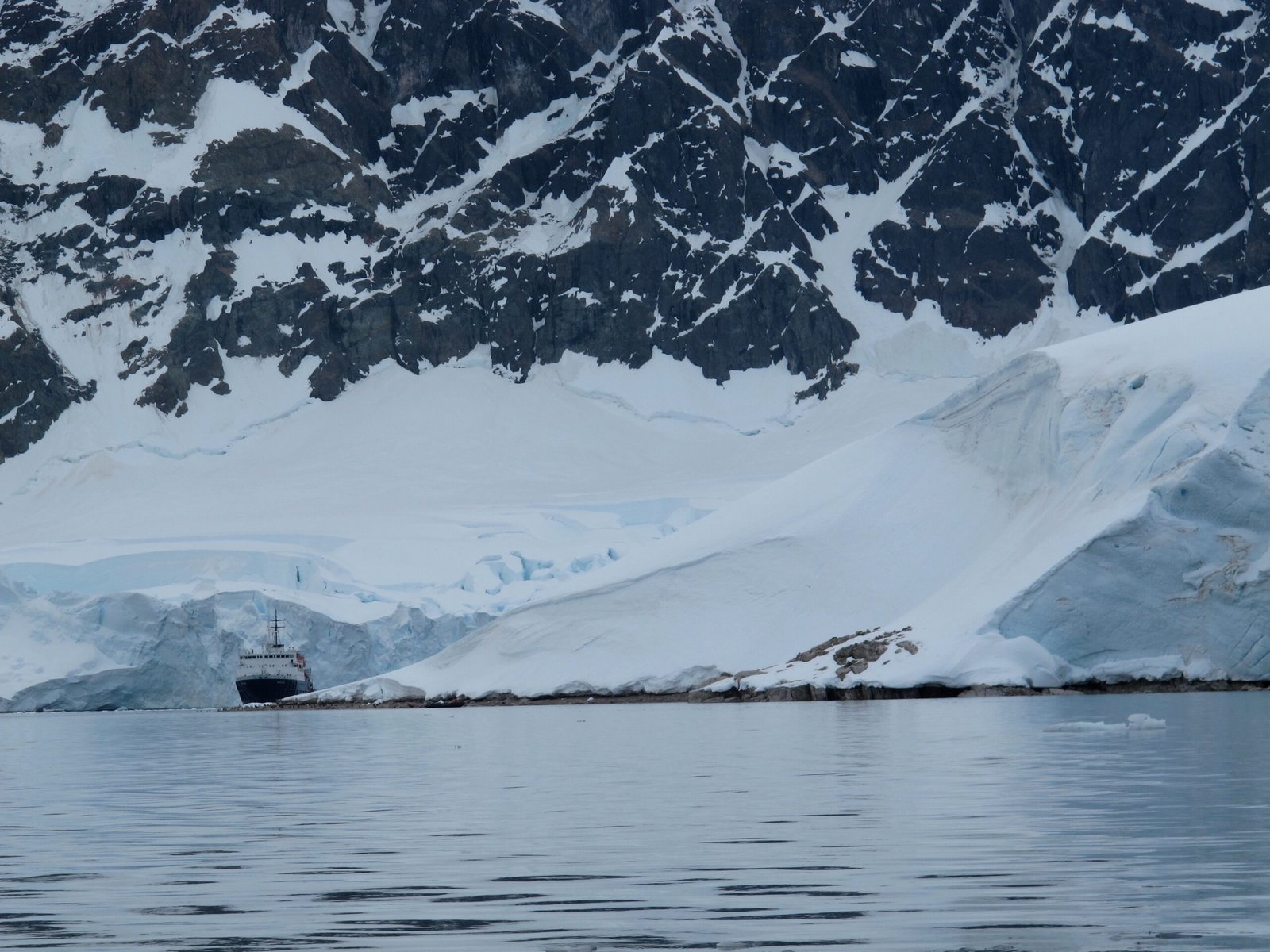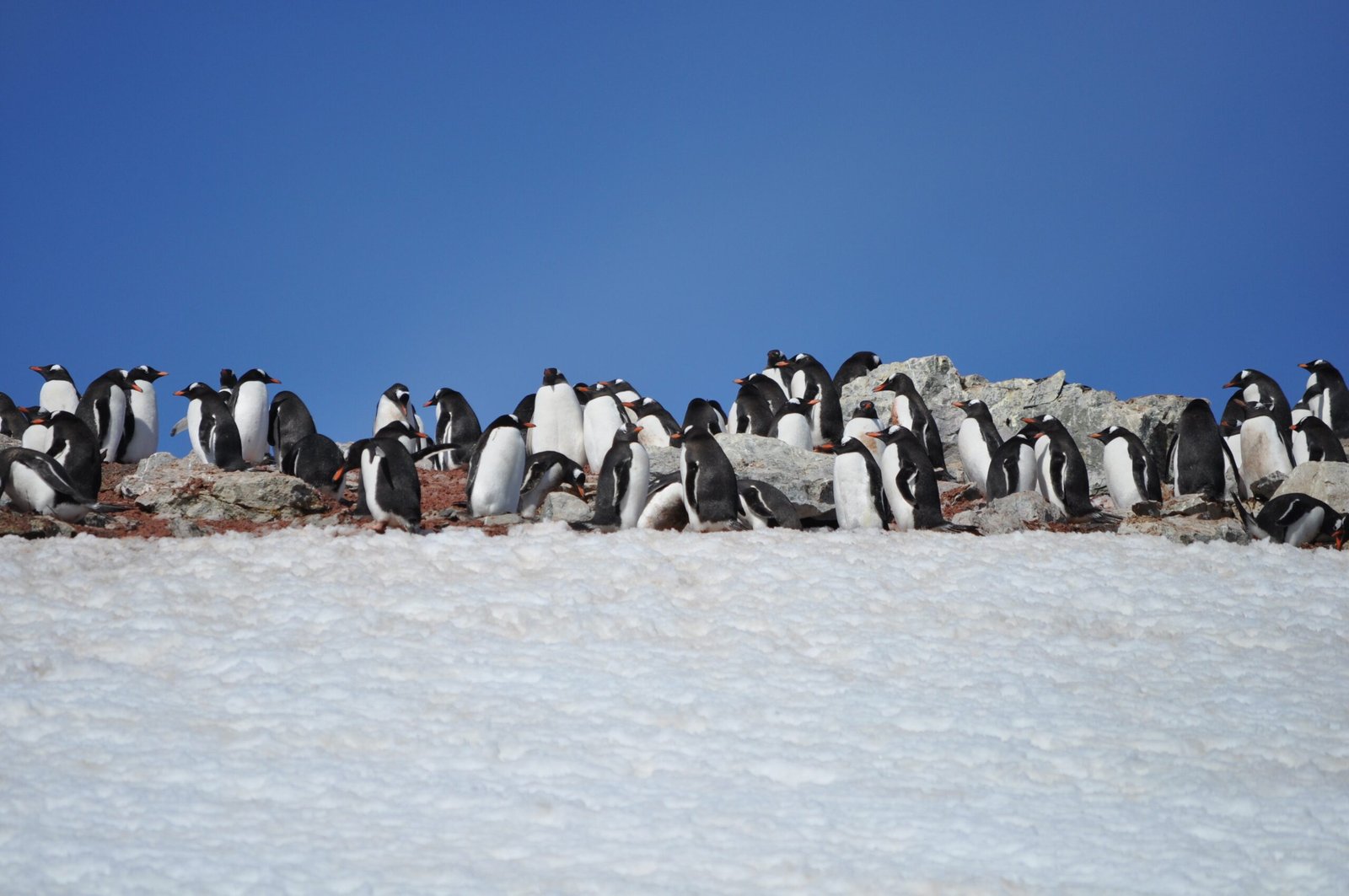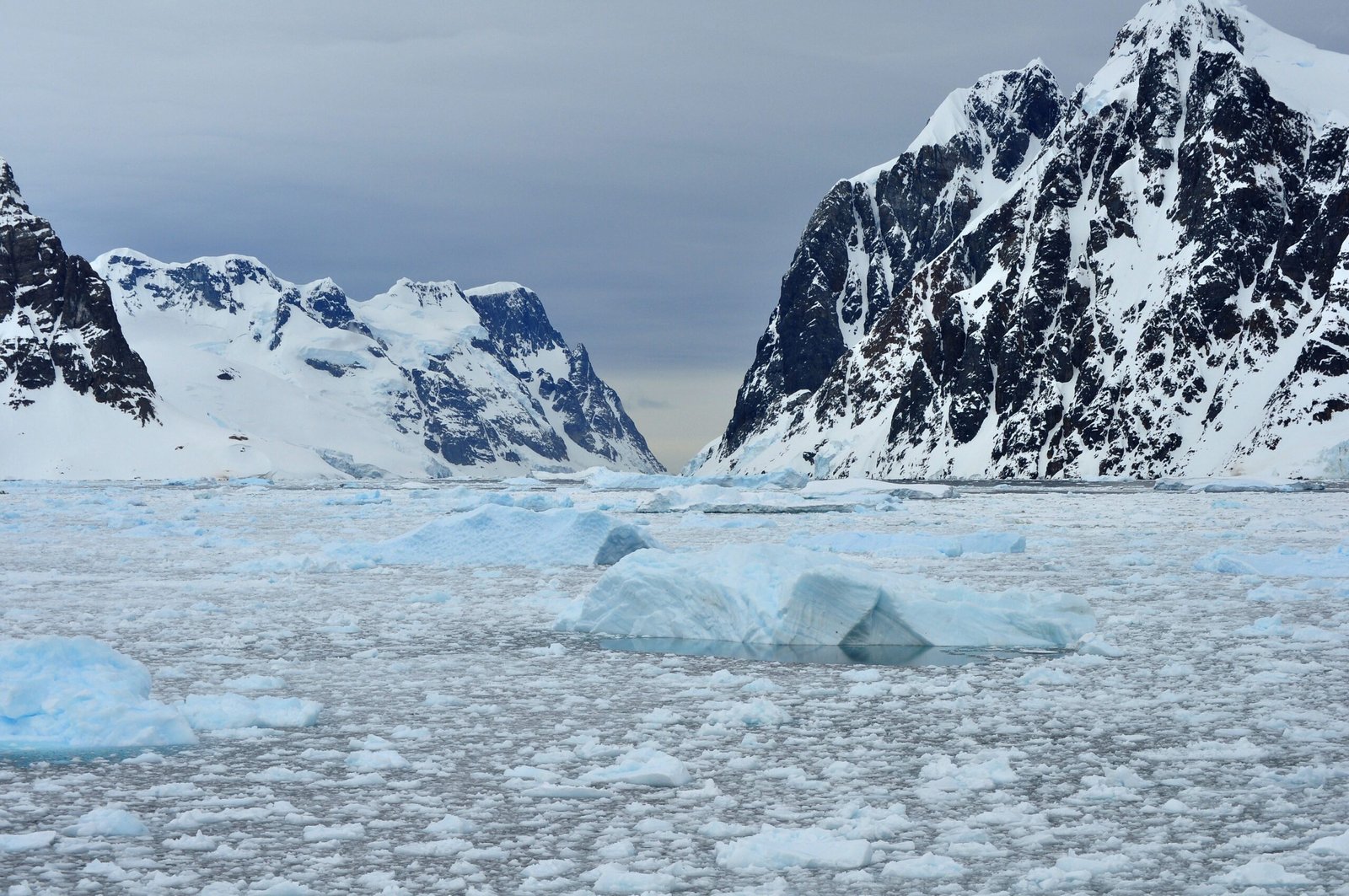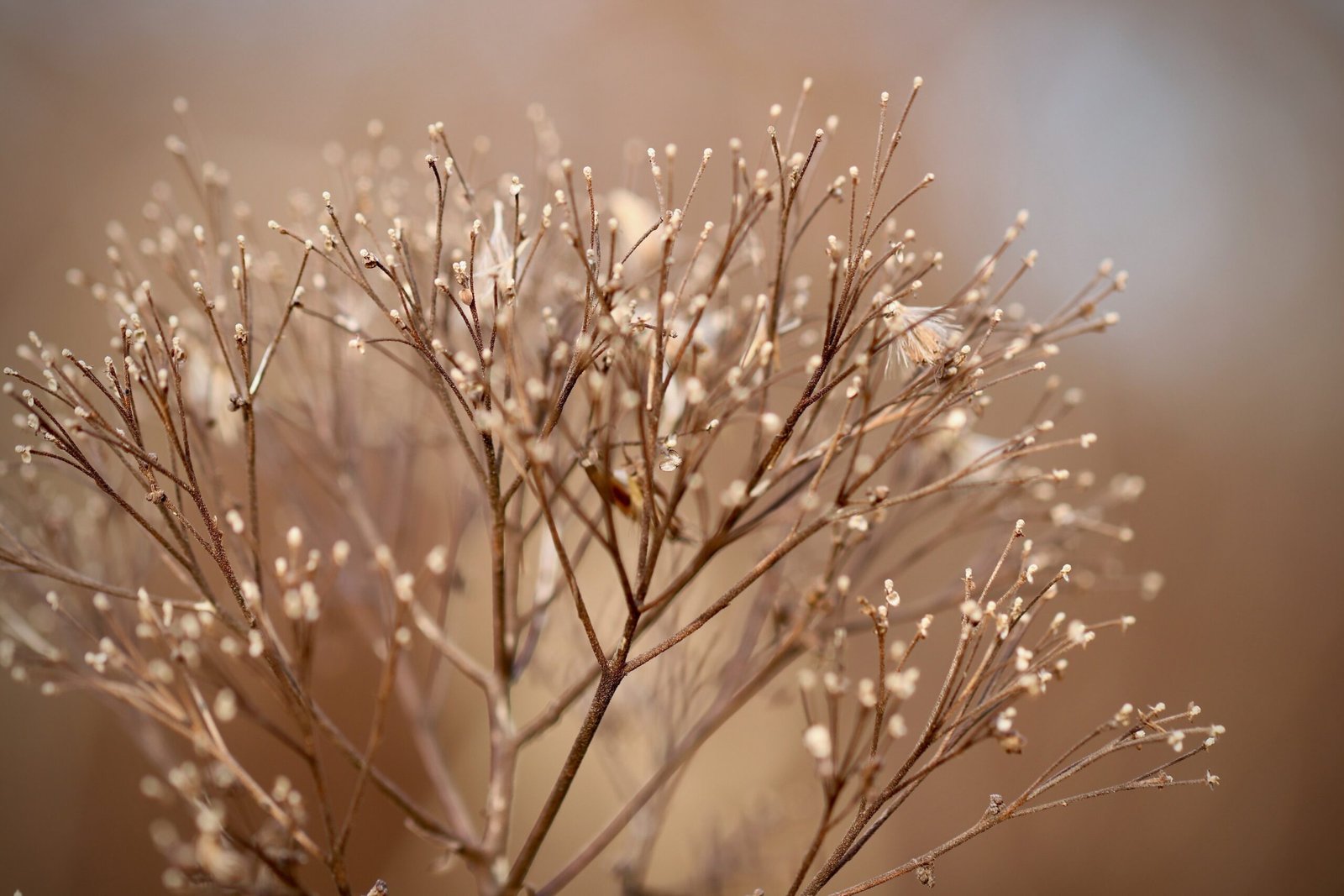When you hear “desert,” you think heat and sand. But what if the largest desert on Earth is covered in ice? Discover the shocking truth behind frozen deserts and the geography of extremes.
This Desert Isn’t Hot It is Frozen: The Geography of Paradox
When you hear the word desert, you probably imagine endless sand dunes, blazing sun, and bone-dry heat.
But what if we told you that the world’s largest desert isn’t hot at all it is covered in ice, snow, and subzero temperatures?
Welcome to the wild world of cold deserts, where geography defies expectations and the driest places on Earth might also be the coldest.
Let us uncover the truth behind the frozen deserts of our planet and why they are more than just icy wastelands.
Antarctica: The World’s Largest (Frozen) Desert
That is right.
Antarctica the land of penguins, glaciers, and minus-60-degree winds is the largest desert on Earth.
Size: 5.5 million square miles (14.2 million km²)
Annual precipitation: Less than 2 inches (50 mm) in many areas
Climate: Extremely cold, dry, and windy
Despite its icy appearance, Antarctica meets the scientific definition of a desert:
A region that receives very little precipitation regardless of temperature.
In fact, Antarctica is drier than the Sahara, especially in its interior regions where snow rarely falls and humidity is almost nonexistent.
Wait…..How Can a Desert Be Cold?
To be classified as a desert, a place needs:
Low precipitation (generally under 10 inches or 250 mm per year)
Limited vegetation
Extreme conditions that make it hard for life to thrive
Temperature isn’t the defining factor moisture is.
That means a desert can be boiling hot (like the Sahara) or freezing cold (like Antarctica and parts of the Arctic).
So the idea that all deserts are hot is just one of geography’s many paradoxes.
The Arctic Desert: Frozen and Forgotten
The Arctic region, especially the high Arctic zones in places like northern Greenland and parts of Siberia, is also a polar desert.
It is:
Icy
Bitterly cold
Low in precipitation
Inhospitable to most plant life
Yet, it is still technically a desert by scientific standards.


Did You Know?
Antarctica has valleys (like the Dry Valleys) that haven’t seen rain in over 2 million years.
The air in Antarctica is so dry that human skin cracks and electronics short-circuit without proper care.
Some bacteria and extremophiles have adapted to survive in Antarctic deserts, living under rocks or in frozen lakes.
Cold Deserts vs. Hot Deserts: A Quick Comparison
| Feature | Cold Deserts (e.g. Antarctica) | Hot Deserts (e.g. Sahara) |
|---|---|---|
| Temperature | Below freezing | Often above 100°F (38°C) |
| Precipitation | Extremely low | Very low |
| Surface | Ice, snow, rock | Sand, gravel, rock |
| Flora & Fauna | Minimal (penguins, moss) | Cacti, insects, reptiles |
| Location | Polar regions | Subtropical regions |
Why This Matters: Rethinking the Word “Desert”
When we think of deserts only as hot, dry, and sandy, we miss out on an entire category of climatic and ecological extremes.
Cold deserts like Antarctica are:
Vital for climate research
Crucial indicators of global warming
Extreme examples of survival and adaptation
They also challenge our assumptions about geography forcing us to look deeper at how the planet truly works.
The Takeaway
A desert isn’t defined by heat it is defined by dryness.
And in that sense, Antarctica isn’t just a frozen continent…
It is the king of deserts.
The next time you picture a desert, don’t just imagine sand dunes and camels.
Imagine ice cliffs, blizzards, and ancient dry valleys where time stands still and precipitation is almost zero.
Because in the geography of paradox, the coldest places might just be the driest too.













